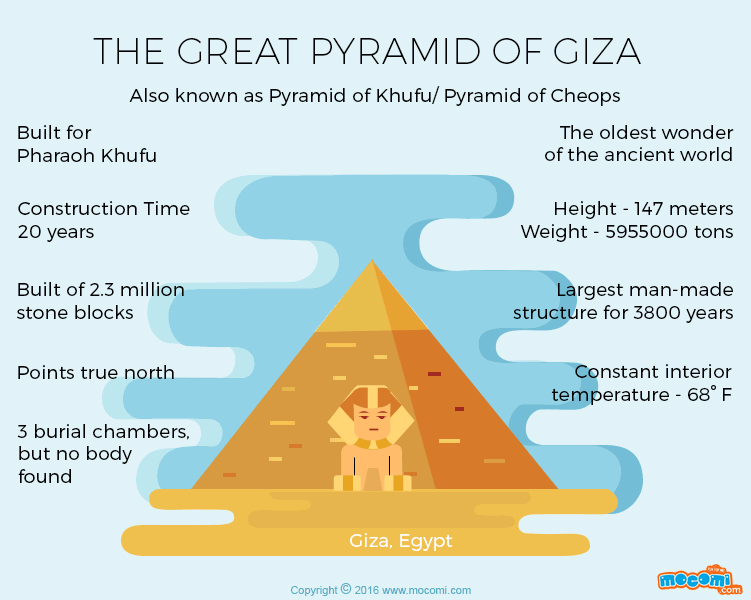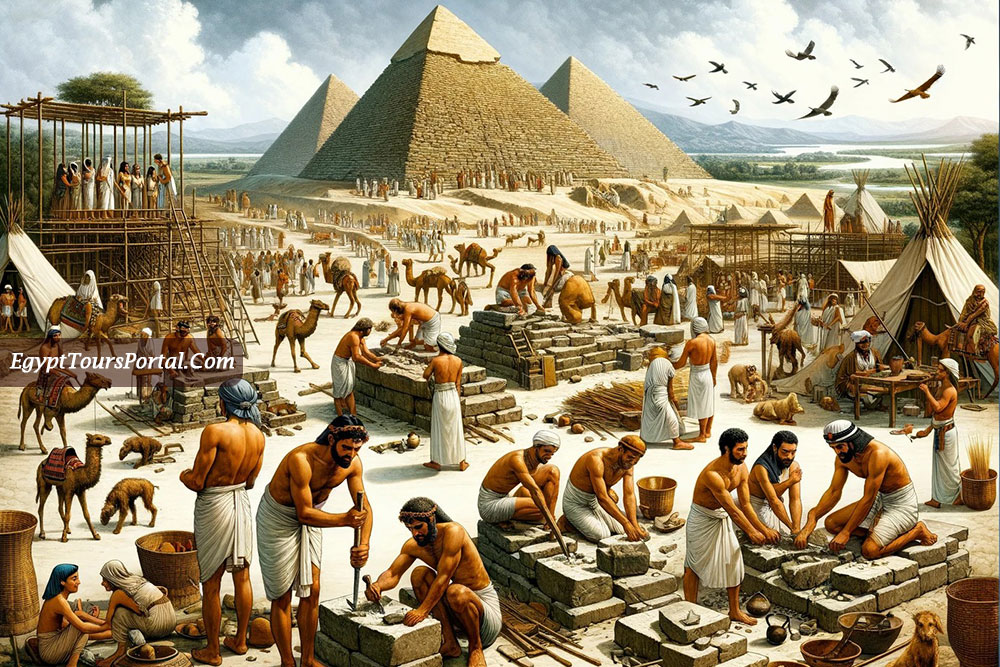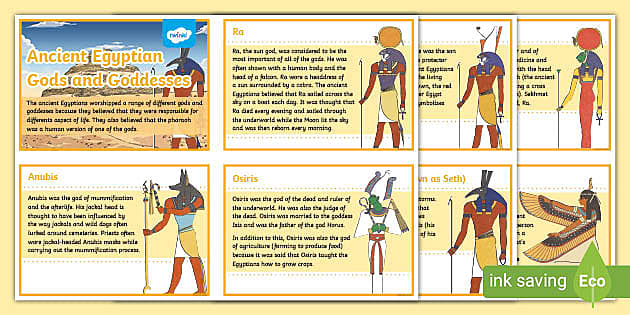5 Surprising Facts You Didn’t Know About the Great Pyramids
Source: mocomi.com History of the Great Pyramids Construction Timeline The Great Pyramids, particularly the Pyramid of Khufu, were constructed during a period marked by impressive engineering feats. The timeline for the construction of these majestic structures spans approximately 20 years, beginning around 2580 BC. Year One : Planning and site selection. Years Two to Ten…

History of the Great Pyramids
Construction Timeline
The Great Pyramids, particularly the Pyramid of Khufu, were constructed during a period marked by impressive engineering feats. The timeline for the construction of these majestic structures spans approximately 20 years, beginning around 2580 BC.
- Year One : Planning and site selection.
- Years Two to Ten : Quarrying and transporting limestone blocks.
- Years Eleven to Fifteen : Assembly of the pyramid structure.
- Final Years : Interior finishing and burial chamber preparations.
Architectural Design
The architectural design of the Great Pyramids stands as a testament to ancient ingenuity. The geometric precision involved is simply astonishing.
Key elements of the design include:
- Base : Each pyramid was built on a square base, symbolizing stability.
- Angles : The sides incline at a precise angle, enhancing their aesthetic appeal and structural integrity.
- Chambers : The interior layout consists of intricate passageways and burial chambers designed to safeguard the pharaoh’s body and treasures.
The combination of function and beauty in these designs speaks volumes about the civilization that created them.

Purpose and Functionality
Theories on Purpose
Transitioning from their incredible design, the Great Pyramids are surrounded by intriguing theories regarding their purpose. While commonly accepted as monumental tombs for pharaohs, there’s more to the narrative.
Some popular theories include:
- Tombs : The primary purpose was indeed as burial sites for Egyptian royalty.
- Solar Temples : Some suggest that they also served as temples for solar worship, linking the pharaoh to the divine.
- Astronomical Alignments : Others propose they were built to align with celestial bodies, enhancing spiritual significance.
Each theory adds layers of social, religious, and political context to the pyramids’ true functionality.
Interior Layout
Peering inside these architectural marvels reveals a meticulous interior layout tailored for the afterlife.
The key features include:
- Burial Chamber : At the heart of the pyramid, designed to house the pharaoh’s sarcophagus.
- Grand Gallery : A long, ascending corridor leading to the burial chamber, possibly symbolizing the journey to the afterlife.
- Queen’s Chamber : Thought to be a space for the queen or to serve ceremonial purposes.
These various chambers and passages reflect a profound understanding of both architecture and spiritual belief, affirming why the Great Pyramids continue to captivate our imaginations.

Mathematical Precision
Alignment with Cardinal Points
Transitioning from their stunning interior design, the Great Pyramids showcase remarkable mathematical precision, particularly in their alignment with cardinal points. The builders displayed an extraordinary understanding of geography and astronomy, as evidenced by:
- Perfect Orientation : The sides of the pyramids align almost perfectly with the four cardinal directions – north, south, east, and west.
- Astronomical Significance : This precise alignment is thought to reflect the Egyptians’ connection with the stars and their belief in the afterlife journey.
These deliberate choices demonstrate the ancient Egyptians’ advanced knowledge of navigation and celestial phenomena.
Volume and Height Calculations
Delving into the calculations behind the Great Pyramids reveals further astonishing mathematical feats. The Pyramid of Khufu, for instance, originally rose to about 146.6 meters (481 feet), making it the tallest man-made structure for over 3,800 years.
Key insights include:
- Volume : The pyramid’s volume is roughly 2.5 million cubic meters, showcasing a remarkable engineering capacity.
- Proportions : The base and height ratio mirrors the golden ratio, further indicating sophisticated mathematical understanding.
These precise measurements not only highlight the skill of the architects but also contribute to the enduring wonder of these ancient wonders.

Labor and Workforce
Workforce Estimates
Building the Great Pyramids required a massive workforce, leading to estimates ranging widely. It’s fascinating to consider how such a vast number came together with a shared purpose. Historians suggest:
- Estimated Workers : Between 20,000 to 30,000 laborers may have been involved, a figure that reflects not only skilled craftsmen but also support staff.
- Seasonal Labor : Many workers were likely farmers who contributed during the Nile’s flood season when agricultural tasks were minimal.
This collaboration showcases not just the engineering prowess of ancient Egypt, but also the societal organization that brought it to life.
Tools and Techniques
Equipped with rudimentary yet effective tools, these laborers employed a variety of techniques that are still somewhat mysterious today.
Key tools and methods included:
- Copper Tools : Workers used chisels, saws, and hammers made from copper to shape and transport limestone blocks.
- Ramps : Ingenious ramp systems facilitated the movement of massive stone blocks into place, showcasing remarkable problem-solving abilities.
These innovative approaches to construction laid the groundwork for what would become one of the world’s most enduring symbols of human achievement, reflecting both their skill and determination.

that workers may have used water to lubricate sand, reducing friction as they transported massive blocks.
These innovative ideas continue to inspire imagination about how such monumental structures could have been built without modern equipment.
In essence, the ongoing mysteries of the Great Pyramids testify to humanity’s enduring quest for knowledge and understanding, reminding us that even in the face of ancient marvels, there are still mysteries to unravel and stories waiting to be told.






